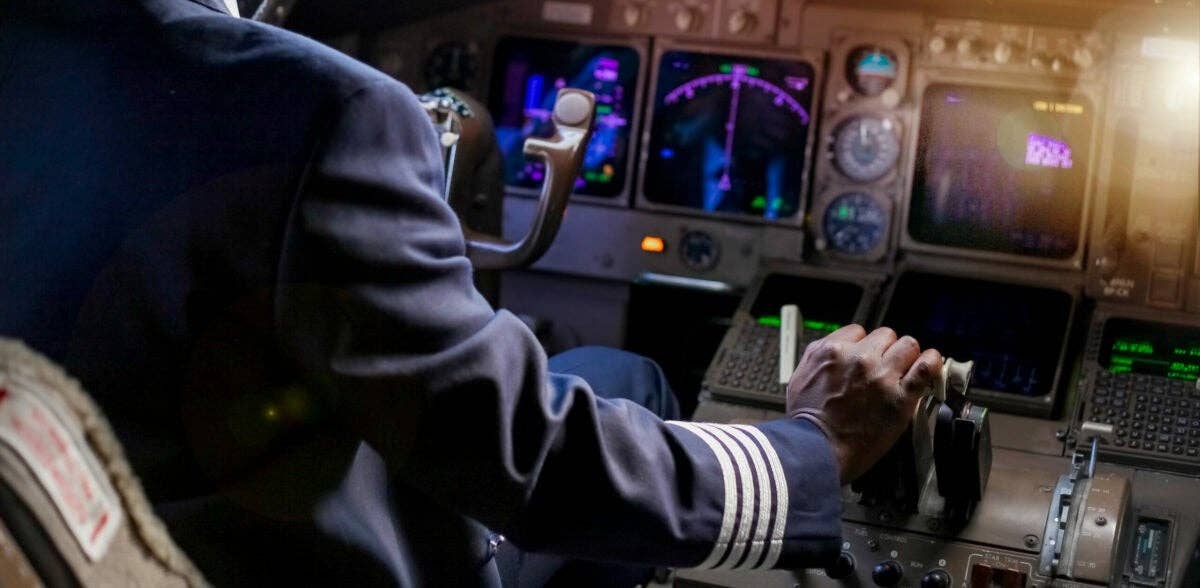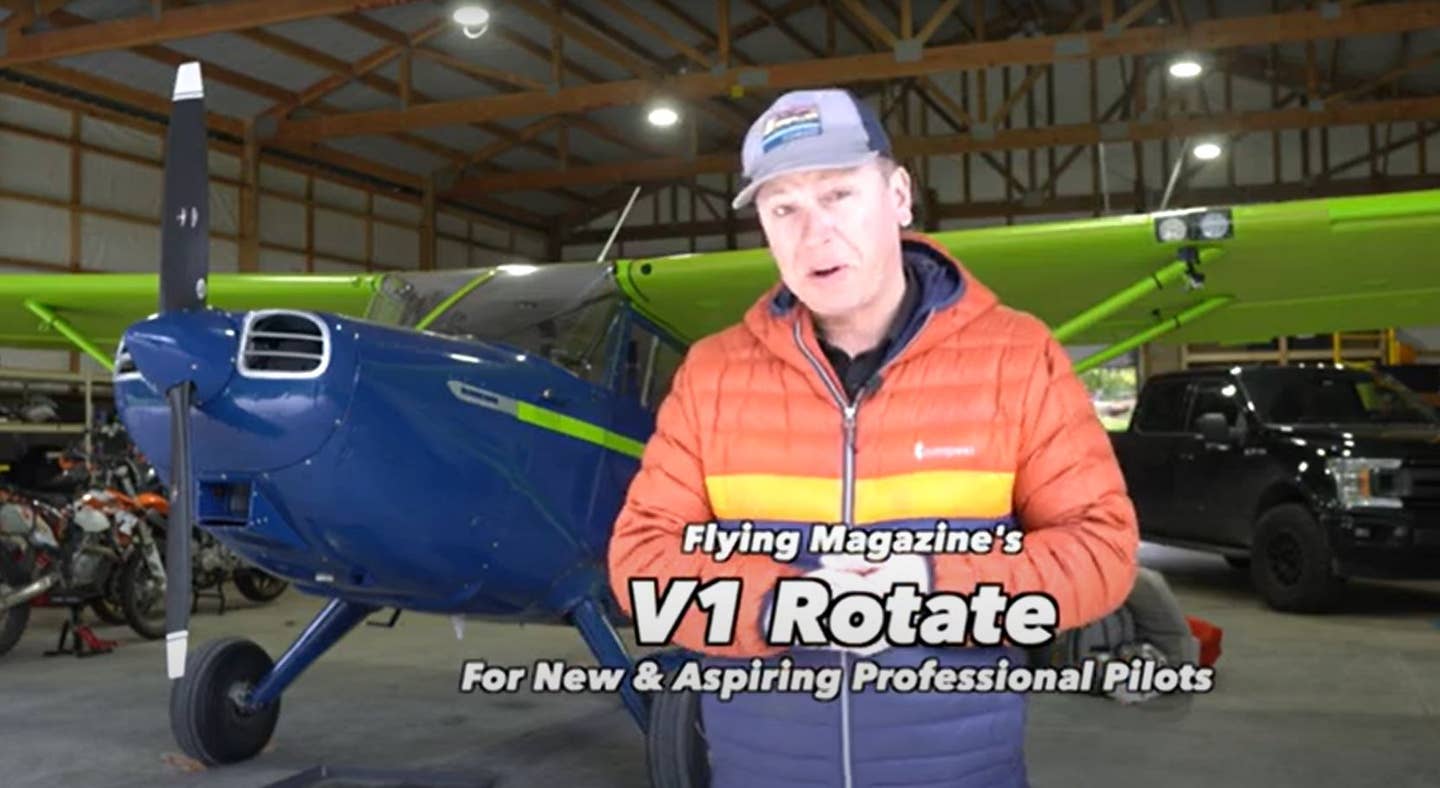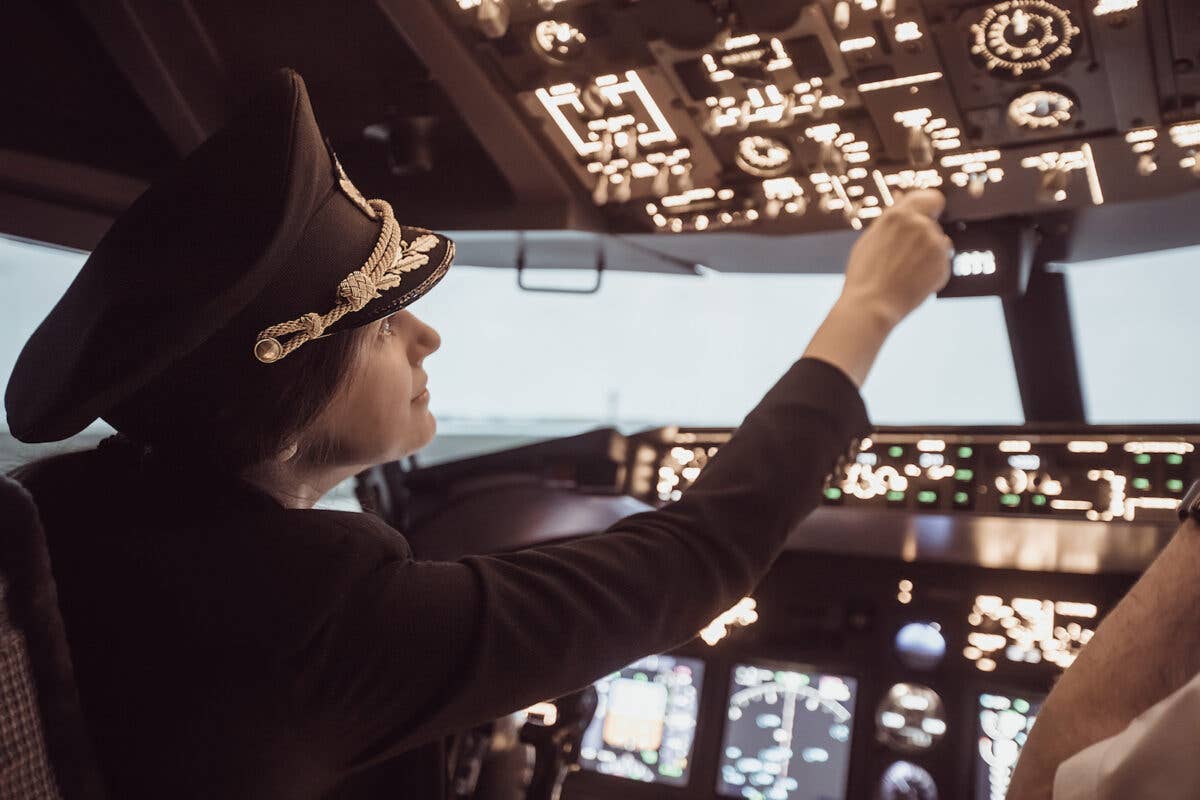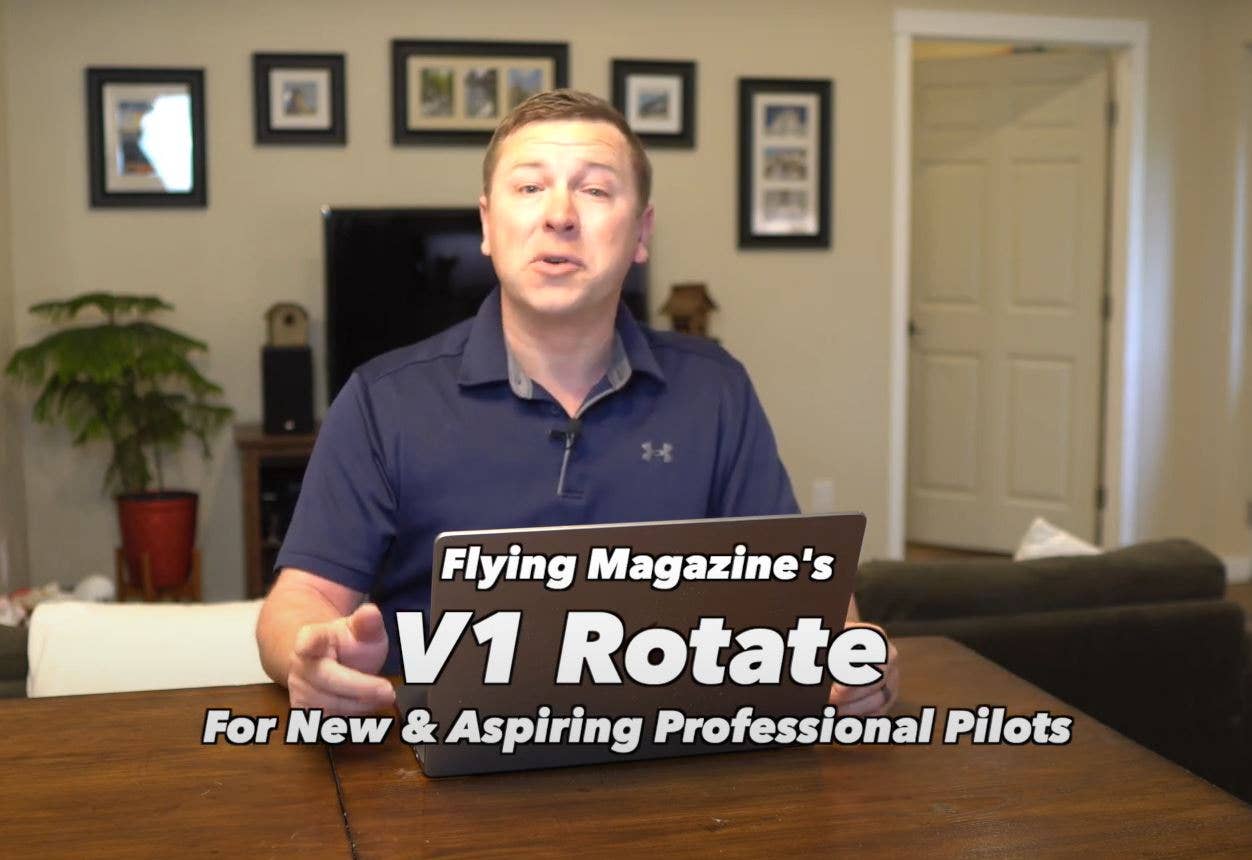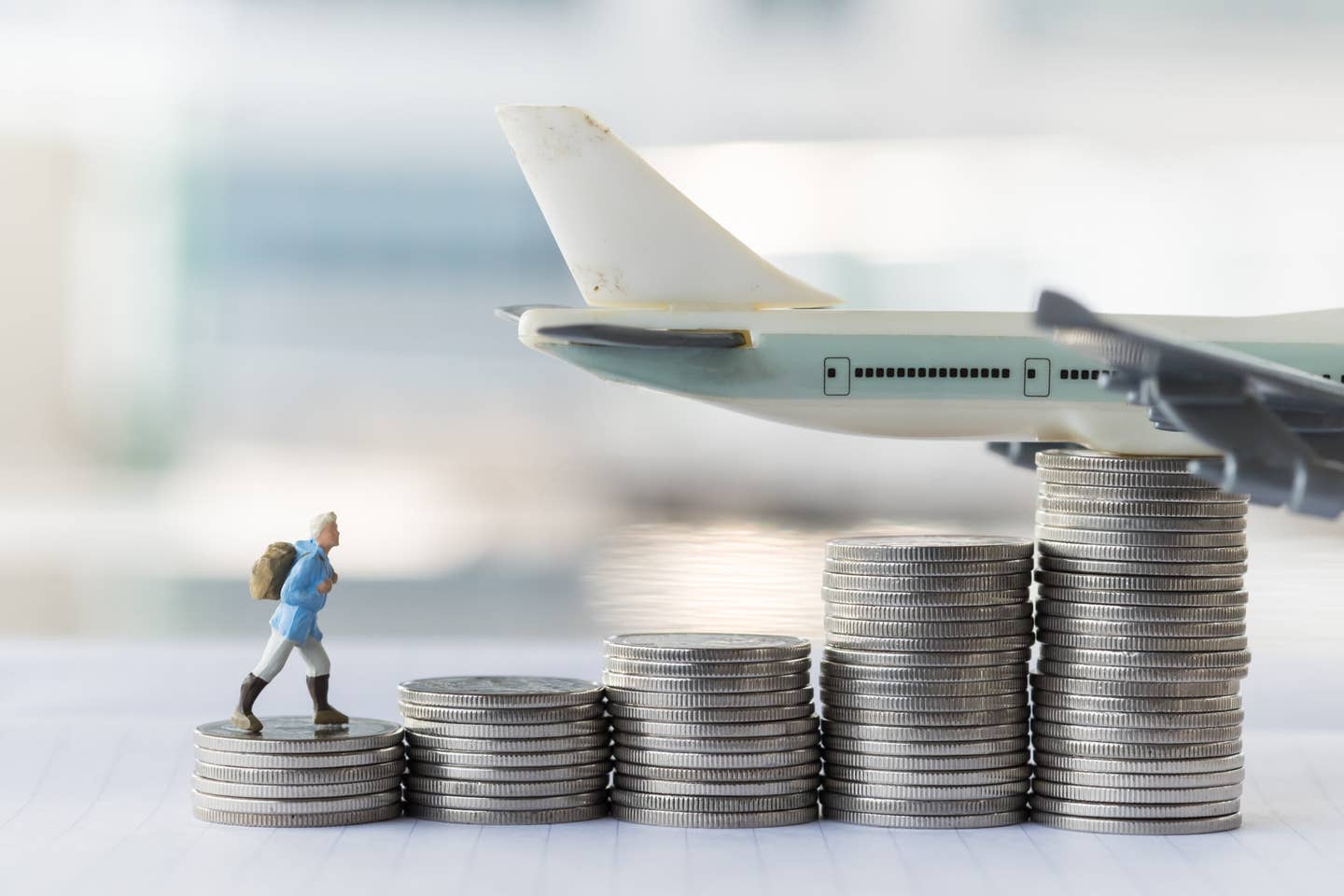How to See the World for Free and Occasionally Sleep in Airports
Flying for airlines comes with travel benefits. Here’s how to maximize them.
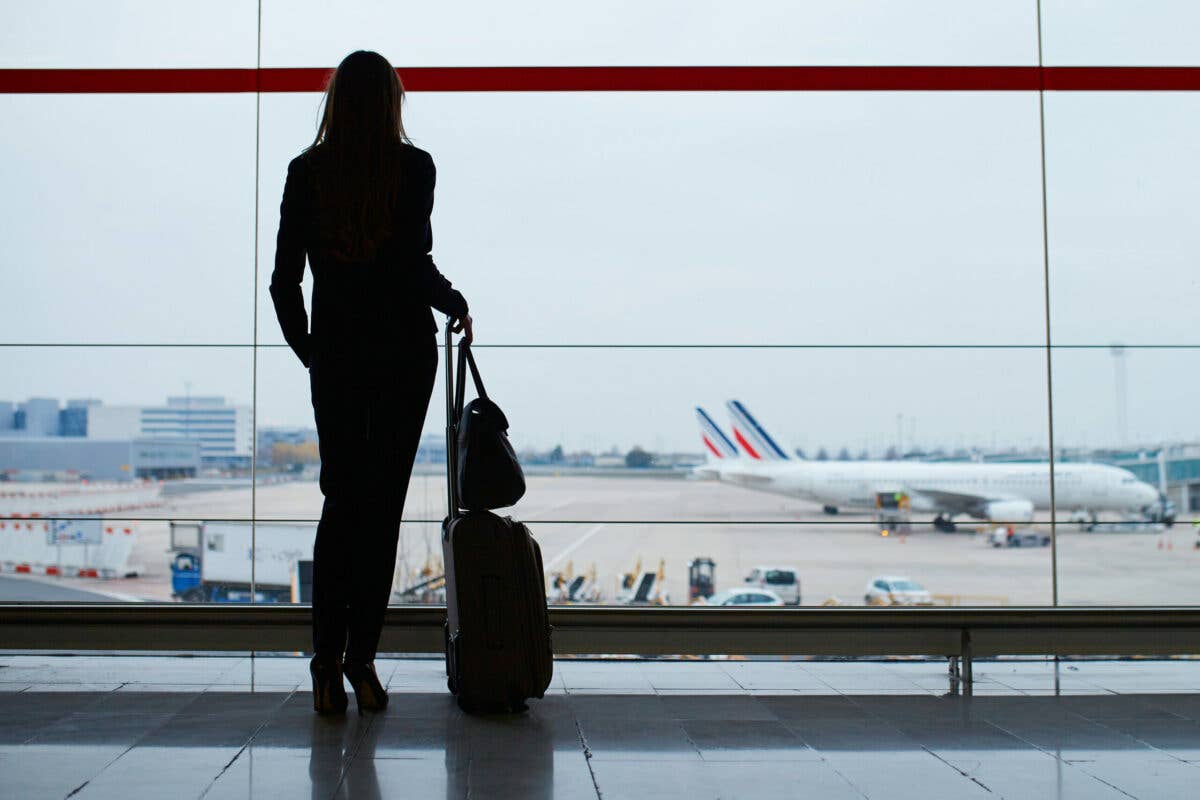
One of the benefits of working for the passenger airlines in the U.S.—and some cargo carriers—is the ability to travel as a “nonrevenue passenger.”
One of the benefits of working for the passenger airlines in the U.S.—and some cargo carriers—is the ability to travel as a “nonrevenue passenger,” or “nonrev.” Over my 19 years of working for three airlines, my wife and I have been avid nonrevs and traveled to more than 60 countries on 27 major airlines from five continents.
Over the years, I have found newcomers to the industry often misunderstand the scope of their travel benefits, their employers frequently put little effort into educating them, and their older coworkers frequently and rather cynically denounce the usefulness of nonrev benefits.
The basic idea of nonrevenue travel is airlines frequently have empty seats, and when they do, employees of that airline, their affiliates, and other airlines (usually in that order) get to use them, “space available” or “standby,” for free or by paying a nominal fee. Airlines try not to have empty seats, sometimes through the use of heavy overbooking—which can backfire— and therein lies the challenge—and the adventure—of nonrevving. When you’re traveling standby, anything can and will happen, and it pays to be flexible, give yourself extra time for travel, and adopt a Zen attitude.
The easiest form of nonrevving is going on your own airline—or, if you work for a regional airline, going on your major airline partner(s). This is because you’ll have a website on which you can check exact flight loads, review the standby list, and “list” yourself with a standby reservation. You’ll also have the highest priority on your own airline, and most give their own employees access to first-class or business-class seats. Travel on your airline is also usually free, except when departing from international destinations, where you’ll be charged a departure tax.
That said, you’re doing yourself a disservice by limiting yourself. There will be routes your airline doesn’t serve or on which other airlines provide more service, and sometimes when your carrier’s flights are booked full, other airlines’ loads are lighter.
My wife and I have experienced very good luck with the strategy of taking our own airline across the Atlantic to Amsterdam or Paris, or across the Pacific to Tokyo or Seoul, South Korea—often in a first-class seat—and then continuing to our destination on a European or Asian carrier. It is particularly noteworthy that European Union airlines tend not to overbook because of the punitive penalties they incur for involuntary denied boardings, and in more than 20 nonrev segments on EU carriers, we have always got on the flight.
Back in the “bad old days,” travel on other airlines was done via “ID90” paper passes issued by your own airline—often a long and troublesome process. It’s far easier and cheaper these days. Most OAL passes are now ZED, or Zonal Employee Discount, which is a flat fee based on distance, plus taxes. These are as little as $30 and usually less than $150 for even the longest flights. Most airlines now use Electronic ZED, or e-ZED, with passes and refunds issued on a fairly user-friendly website that also lets you check general flight loads and lists you on your desired flight. It’s still smarter to purchase and list OAL passes before the day of travel, but I have walked between various ticket desks at international airports inquiring who has seats open, and once I found a suitable candidate, hopping on the e-ZED website to purchase the pass and list myself.
Most airlines used to have a rather strict dress code for nonrevs. This has relaxed considerably in the states and somewhat overseas but still varies by airline, so check your airline’s pass travel agreements for details. In any case, I’ve always found it pays to dress nicely as a nonrev because you have a better shot at one of those elusive business-class seats.
When traveling on your own airline, you can usually check in online 24 hours prior to departure. When traveling OAL, you will usually need to check in at the airport—domestically you can often do so at a kiosk, but internationally you often need to check in with an agent. Overseas, some airlines make you wait at the check-in desk until they assign your seat, which can lead to a last-minute rush through customs and security to make your flight. Otherwise, make your way to the gate at your own leisure, park yourself somewhere within audible distance of the gate agent, and wait for them to call your name. Some airlines/airports provide screens to monitor the standby list and see when you are issued a seat, but even with these the gate agent will often call you to the podium.
At most airlines, the standby list is ordered by seniority among mainline employees, then seniority among affiliated regional airline employees, then parents and retirees, then buddy pass riders, and then OAL employees. Some airlines issue their employees a limited number of “vacation passes” each year that can be used for super-seniority on the standby list.
As a nonrev, you are expected to be unobtrusive, so you really don’t want to be harassing the gate agent with questions about seats available or your place on the standby list. Some will react extremely poorly to any nonrev approaching the podium without being called. That said, they do make mistakes and sometimes become rushed and overlook people at the end of the boarding process, so once the boardings have reduced to a trickle, it pays to stand somewhere you’re very noticeable. When I haven’t been called, they’re printing the final paperwork, and I know there are still seats available, a polite “I'm sorry. I may have missed it. Have you cleared nonrevs already?” yields good results.
When your name is called, collect your boarding pass and board with your assigned group. I will usually introduce myself as a nonrev to the flight attendant at the boarding door, give them my seat number, and tell them to let me know if I can help (believe it or not, I have been called on twice during security situations). When traveling OAL overseas, I often bring chocolates or a small local treat for the crew. This has occasionally yielded an upgrade when there were open seats in business class, and the gate agent didn’t give me one (policy usually prohibits this for OAL nonrevs), but it’s not the sort of thing you should ever ask for. Again, on the airplane you need to be as unobtrusive as possible. Be coy—or just silent—about your nonrev status with paying passengers.
What if the gate agent closes the jet bridge door without calling your name? The flight likely went out full, and you’ll have to move on to Plan B, C, or D. But don’t leave the gate until the flight actually pushes back. I’ve got on several flights by sticking around the gate when people senior to me have already left.
Nonrev benefits normally extend to spouses, dependent children, and parents (though parent benefits on OALs vary). Usually you’ll also have a limited number of “buddy passes” to distribute to friends of your choosing. Be very careful who you give these to. Buddy passes are fairly expensive (equivalent to ID90s) and travel at very low priority, and their chances of getting stuck are high. Be sure that not only your buddies but all of your pass riders are familiar with nonrev policies and etiquette. You are responsible for your pass riders, and any misbehavior on their part may result in pass privilege suspension or other discipline for yourself. Also, do not under any circumstances sell or trade buddy passes to strangers. That will absolutely get you fired.
There are plenty of other nuances to nonrevving, but you’ll find the techniques that work for you with time. It’s definitely something that becomes easier and more natural with time. Normal people find it crazy that I’ve twice gone to Thailand and only found out whether I was going around the globe westbound or eastbound five minutes before departure—but for a nonrev, that’s par for the course. Unpredictability and spontaneity just come with the territory.

Sign-up for newsletters & special offers!
Get the latest FLYING stories & special offers delivered directly to your inbox


